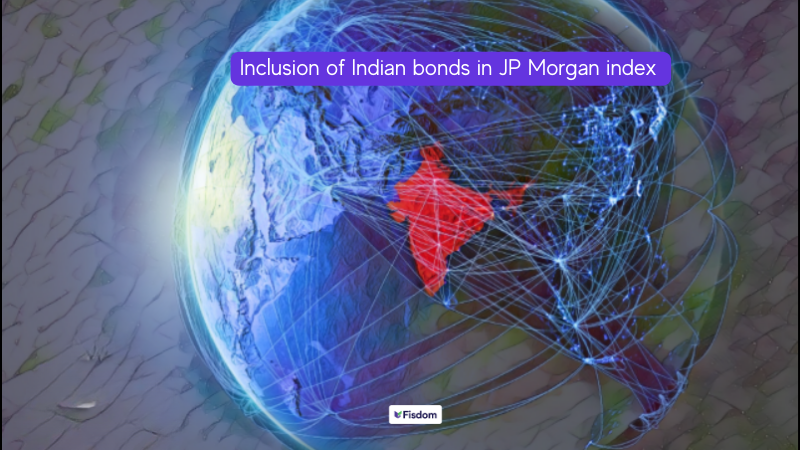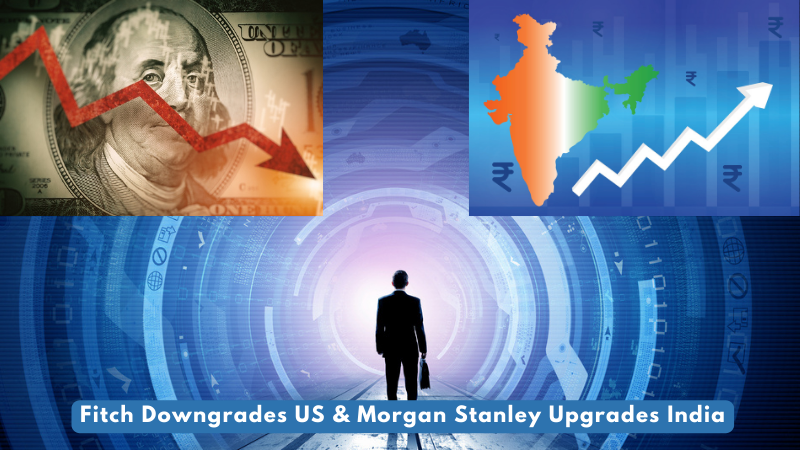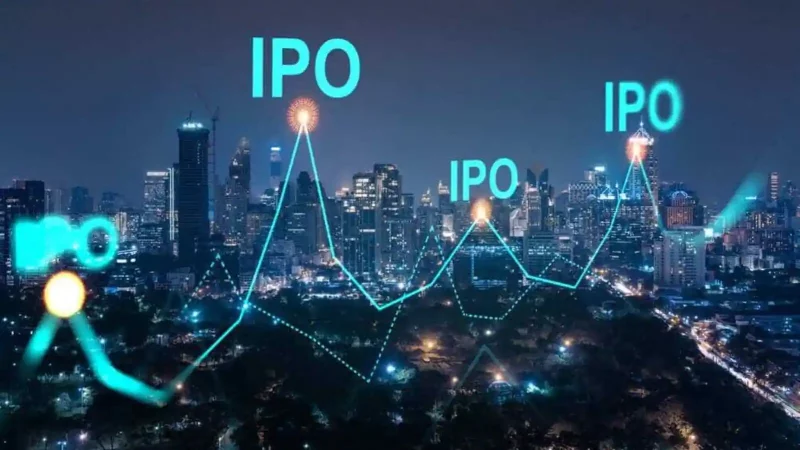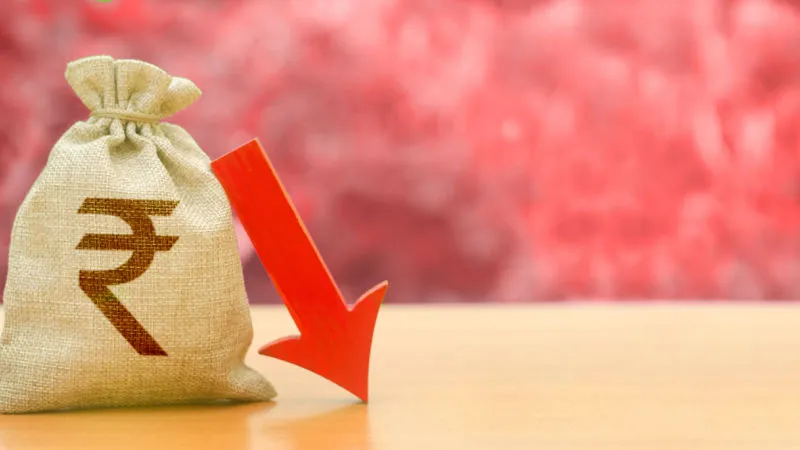
India is the world’s sixth largest economy in terms of GDP. The Indian economy is at 3rd place globally in terms of purchasing power. These factors make India one of the fastest emerging economies in the world.
So, what is GDP and how is it used to measure economic progress? Let’s find out.
GDP simplified
GDP or Gross Domestic Product is the total monetary value of all goods and services generated within an economy during a period. It is used as a measure of the total economic output in any year.
GDP computation involves market prices of goods and services and a base year.
Did you know
The Indian economy has three predominant broad sectoral contributing to the country’s GDP. These are agriculture, industry, and services.
How is GDP measured?
GDP can be measured by using the following key factors:
- Output: By taking into account the net value of all the goods and services produced within an economy.
- Expenditure: By considering the total value of goods and services purchased by all the households in an economy. It also takes into account the government spending on machinery and buildings to boost economic growth.
- Income: By considering the total value of the income generated in the form of salary/wages of individuals and profits made by companies.
Relation between GDP growth rate and economy’s health
GDP growth rate is one of the most important economic indicators. Depending on the growth rate, an economy could be experiencing one of the four business cycles, namely, peak, contraction, trough, and expansion.
With the help of the GDP growth rate, we can gauge how fast an economy is growing. There are 4 main components of GDP that drive the GDP growth rate.
- Personal consumption – This is the main driver and includes the crucial retail sales segment.
- Business investment – this includes construction and inventory levels.
- Government spending – social security benefits, medical benefits and defence spending
- Net trade
As an economy expands, its GDP growth rate will be positive. As the economy grows, businesses also grow and give rise to more jobs and rise in personal income. As the economy contracts, businesses slow down, resulting in delayed hiring. As jobs are fewer, the economy gets depressed further. Also, with lesser jobs in the market, people have less disposable income. A negative GDP growth rate means that the economy is undergoing a recession.
India’s GDP growth story
As per the estimates released by the National Statistics Office (NSO), for the year 2021-22, the Government of India revised its GDP growth estimate to 8.7%. This is lower than the earlier estimate of 8.9%.
The country’s GDP growth in 2021-22 has been 1.5% higher than the pre-pandemic year. This is a reflection that the economy is on a recovery mode as losses suffered across industries during Covid are being covered by enhanced profits.
Here’s a look at India’s GDP growth over the last decade:
| Year | GDP Growth (%) | Annual Change |
| 2021 | 8.95% | 15.54% |
| 2020 | -6.60% | -10.33% |
| 2019 | 3.74% | -2.72% |
| 2018 | 6.45% | -0.34% |
| 2017 | 6.80% | -1.46% |
| 2016 | 8.26% | 0.26% |
| 2015 | 8.00% | 0.59% |
| 2014 | 7.41% | 1.02% |
| 2013 | 6.39% | 0.93% |
| 2012 | 5.46% | 0.22% |
Conclusion
With an expected GDP of 9.6% in the next few years, the Indian economy is anticipated to be one of the world’s fastest-growing as per IMF estimates. India aims to be a $5-trillion economy in the next few years. The country’s manufacturing sector is slated to play a significant role in achieve this goal.
FAQs
Nominal GDP is the value of all final goods and services produced in an economy during a given year but not adjusted for inflation. Nominal GDP changes if prices of goods and services change even when the output does not change.
Real GDP is the total value of all final goods and services produced in an economy during a year after adjusting for inflation. This method of GDP measurement uses the prices of a chosen base year. Real GDP accounts for price changes when the output doesn’t.
GDP is used by investors to track changes in an economy’s size. It acts as a comprehensive measure of the economic health of a country and provides insights into the various factors that drive economic growth. This way, investors can gauge which sectors to invest in and which to avoid.
GDP only measures the monetary aspect of all goods and services produced in an economy in a year. Although it is an important economic indicator, it does not provide a good measure of the material well-being of a country’s residents.





















